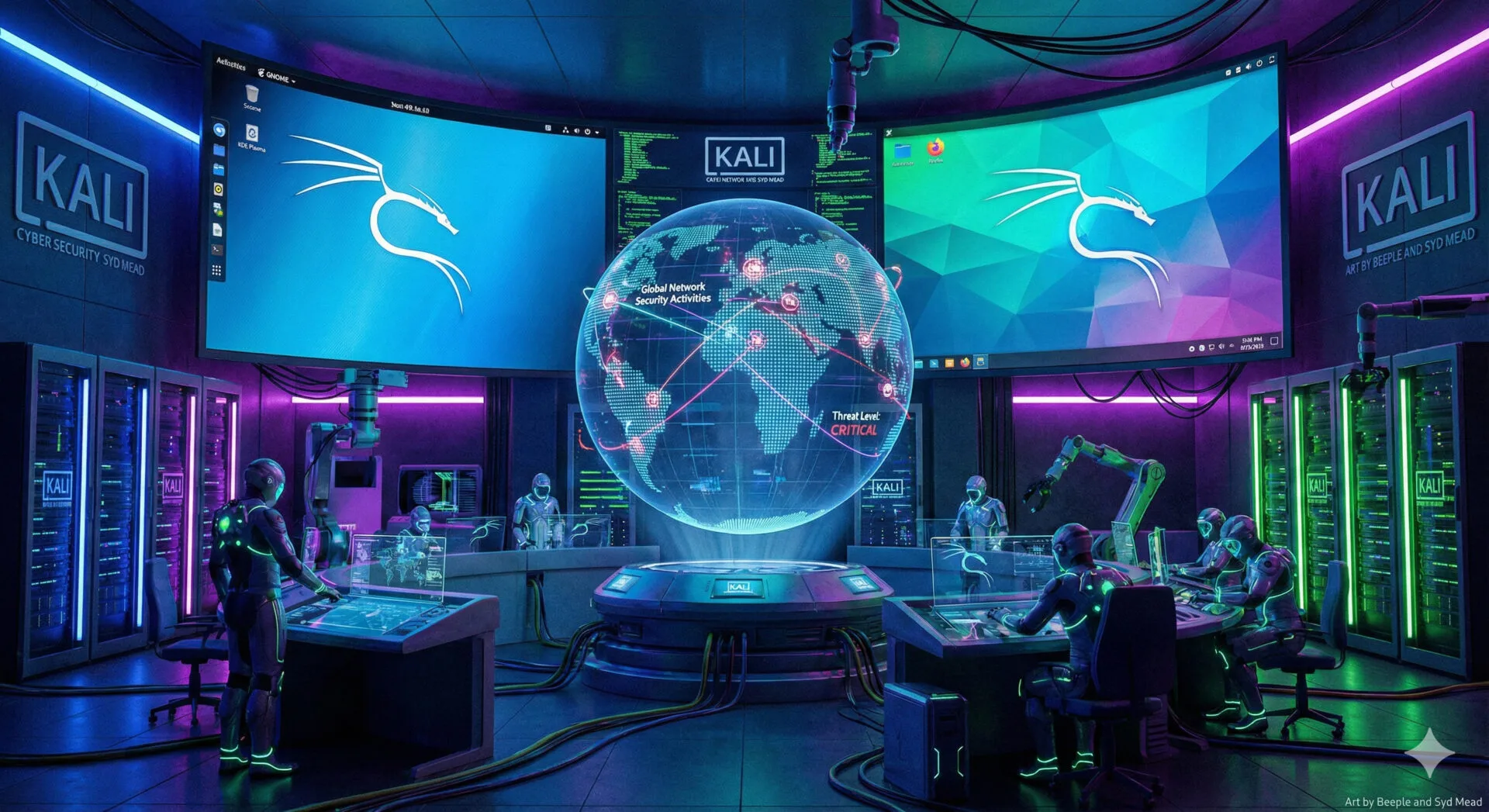
The virtual reality industry has begun to move so quickly it’s becoming difficult to track progress. New headsets, new games, new controllers, and new ideas are revealed seemingly by the week – leaving most fans of the technology playing catch-up. Meanwhile, through it all, half of what we read about VR tends to be comprised of dueling narratives, suggesting the tech is about to “finally take-off” or that it’s doomed and “failing to catch on.” In this piece, we’ll attempt to break from this somewhat confusing cycle and take a clear look ahead to a few stories and technologies that might represent the future of consumer-oriented virtual reality.
Headsets Without Systems
There is a rapidly growing trend already toward VR headsets that don’t require PCs, gaming systems, or even mobile phones to work. Lenovo and Google unveiled one such headset at CES last year, and the Oculus Go was also presented as a similar option. Said one review even way back in the final months of 2017, the $199 Go is just the beginning. Technically this is more of a look at the immediate present because as was just noted, these headsets have already been rolled out and assessed. But it takes time for tech to catch on in some cases, and it’s still fair to say that these standalone headsets are setting the tone for a more flexible, affordable future in consumer VR.
A Booming Accessory Market
This idea more or less speaks for itself but is still a very important one. As the scope of available VR games and experiences expands, we are almost certainly going to see a booming market for different controllers and accessories that help with new gaming styles. We could for instance even see different controllers imitating different guns from one VR shooter to another. It’s already beginning to look like a fairly simple equation: the more games and systems, the more accessories, and so on.
Massive New Arcades
This is a concept that’s already begun to emerge, but not too many consumers are seeing in their towns and neighborhoods just yet. The idea is that with some VR systems a little too pricey for the average consumer, and others requiring larger equipment to be effective, the emergence of VR could actually bring back gaming arcades. There, people can go and pay to play for a bit without having to buy whole systems or arrange space in their homes. And make no mistake, entrepreneurs are setting up VRcades already, and early indications are that they could become booming businesses.
Sports Viewing & Betting
There will soon be more widespread entertainment applications beyond gaming in VR, and sports viewing – potentially with betting components – is among them. Here and there we’ve already seen examples of major leagues, teams, and stadiums setting up VR experiences that allow fans to take in contests remotely as if they’re doing so in person, with full 360-degree views of stadium surroundings. At the same time that this is happening, sports betting is also becoming more available and more modern. There are comprehensive online platforms featuring sportsbooks, innumerable betting options, guides, and news, etc., all with the aim of presenting a cutting-edge experience. Combining these trends, you begin to see a future in which VR adds in-person immersion to viewing while providing in-the-moment betting activity, creating a whole new way for people to follow and engage with sports.
Exercise Hybrids
We mentioned regarding arcades that some VR experiences require larger equipment. One interesting example is a system called ICAROS, which basically puts players in a suspended platform and doubles as an athletic training exercise and a game. Concepts like these can combine the idea of exercise through motion and manipulating a machine, and playing through a game, or even simply a convincingly realistic experience. In the case of ICAROS specifically, there is a gaming component, but many consumers will also lean toward more sophisticated versions of cycling applications that have already been unveiled using VR and home cycles in conjunction with one another. Building from ideas like these, there is undoubtedly going to be a whole industry of hybrid VR-exercise machine experiences.
Read also Are VR and AR Going to Dominate the Tech Headlines in 2020?







Leave a Reply